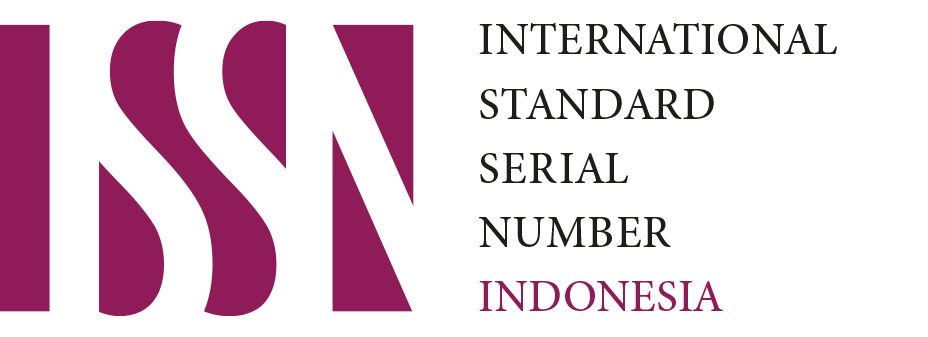Motivation, Critical Thinking and Academic Verification of High School Students' Information-seeking Behavior
Downloads
High school students have known as Gen Y or Z and their media using can be understand on their information-seeking behavior. This research's purposes were: 1) to analyze the students' motivation; 2) to analyze the critical thinking and academic verification; 3) to analyze the information-seeking behavior. This study used quantitative approach through survey among 1125 respondents in nine clusters, i.e. Central, East, North, West, and South of Jakarta, Tangerang, Bekasi, Depok, and Bogor. Schools sampling based on "the best schools rank" by the government, while respondents have taken by accidental in each school. Construct of questionnaire included measurement of motivation, critical thinking and academic verification, and the information-seeking behavior at all. The results showed that the motivations of the use of Internet were dominated by habit to interact and be entertained while on the academic needs are still relatively small but increasing significantly. Students' self-efficacy, performance and achievement goals tend to be high motives, however the science learning value, and learning environment stimulation were average low motives. High school students indicated that they think critically about the various things that become content primarily in social media but less critical of the academic information subjects. Unfortunately, high school students did not conducted academic verification on the data and information but students tend to do plagiarism.
Downloads
Ennis, R. H. (1993). Critical thinking assessment. Theory Into Practice, 32(3), 179-186.
Haras, C. (2011). Information behaviors of latinos attending high school in East Los Angeles. Library & Information Science Research, 33(1), 34-40.
Herring, S. D. (2001). Faculty acceptance of the World Wide Web for student research. College & Research Libraries, 62(3), 251-258.
Newby, T. J. (1991). Classroom motivation: Strategies of first-year teachers. Journal of Educational Psychology, 83(2), 195.
Reneker, M. H. (1993). A qualitative study of information seeking among members of an academic community: methodological issues and problems. The Library Quarterly, 487-507.
Rieh, S. Y. (2004). On the Web at home: Information seeking and Web searching in the home environment. Journal of the American Society for Info. Science and Technology, 55(8), 743-753.
Sadeh, T. (2007). Time for a change: new approaches for a new generation of library users. New Library World, 108(7/8), 307-316.
Scanlon, P. M. (2003). Student online plagiarism. College Teaching, 51(4), 161-165.
Skinner, B. F. (1953). Science and human behavior. Simon and Schuster.
Todd, R. J. (2003). Theme section: adolescents of the information age: patterns of information seeking and use, and implications for information professionals. School lib. worldwide, 9(2), 27.
Van Scoyoc, A. M., & Cason, C. (2006). The electronic academic library: Undergraduate research behavior in a library without books. Portal-Libraries and the Academy, 6(1), 47-58.
Walker, J. (2010). Measuring plagiarism: Researching what students do, not what they say they do. Studies in Higher Education, 35(1), 41-59.
Wang, Y. W. (2008). University student online plagiarism. Int'l Journal on ELearning, 7(4), 743.
Weiler, A. (2004). Information-seeking behavior in generation Y students: Motivation, critical thinking, and learning theory. The Journal of Academic Librarianship, 31(1), 46-53.
Record and Library Journal by Unair is licensed under a Creative Commons Attribution-ShareAlike 4.0 International License.
1. The journal allows the author to hold the copyright of the article without restrictions.
2. The journal allows the author(s) to retain publishing rights without restrictions
3. The legal formal aspect of journal publication accessibility refers to Creative Commons Attribution Share-Alike (CC BY-SA).
4. The Creative Commons Attribution Share-Alike (CC BY-SA) license allows re-distribution and re-use of a licensed work on the conditions that the creator is appropriately credited and that any derivative work is made available under "the same, similar or a compatible license”. Other than the conditions mentioned above, the editorial board is not responsible for copyright violation.


 57201398420
57201398420

























